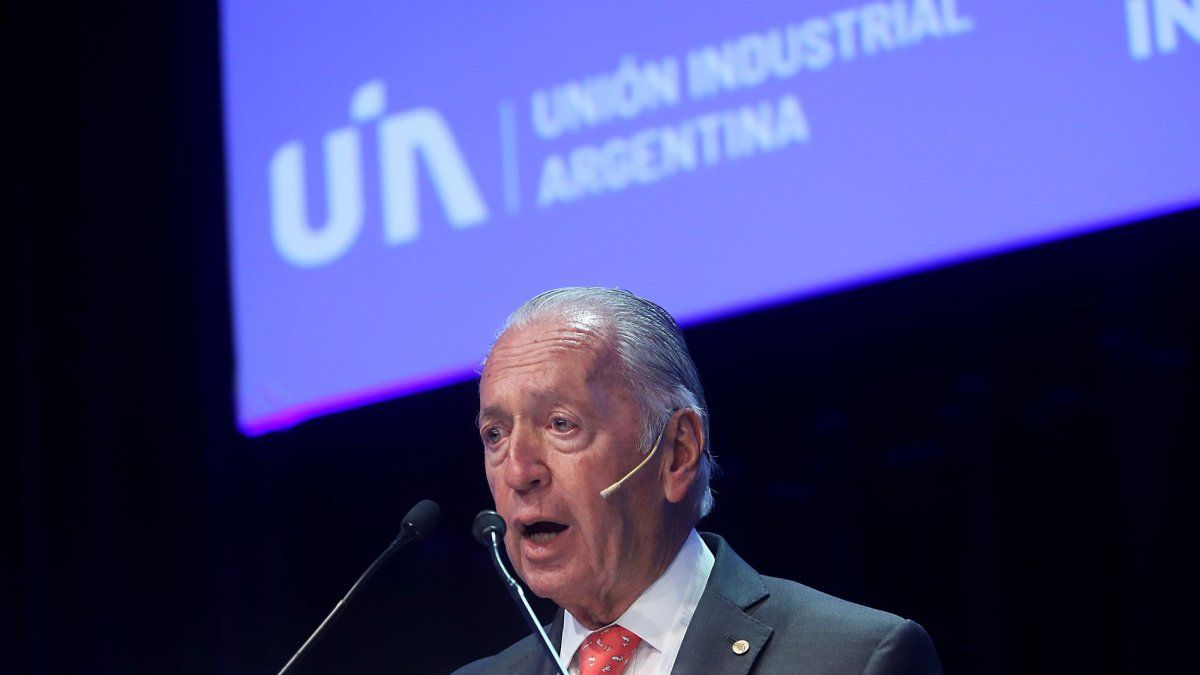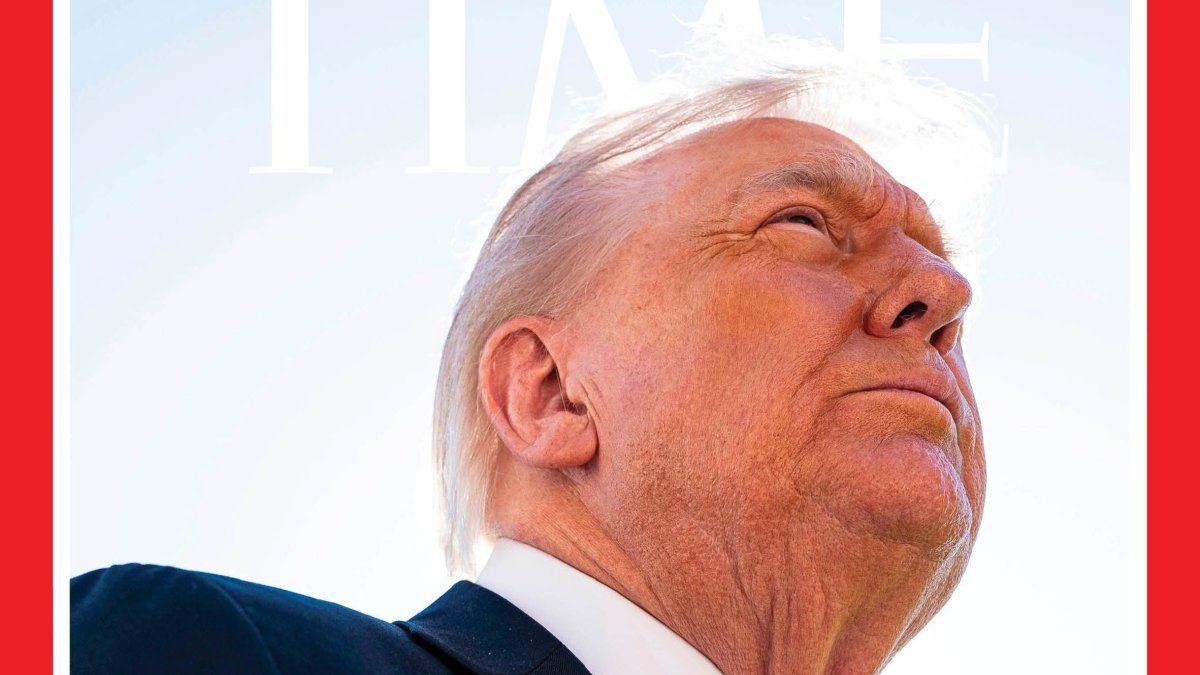From the manufacturing entity they indicated that the measures incorporate positive elements to make this mechanism against unfair competition more agile and efficient, but they asked to know the complete regulations.
The Argentine Industrial Union (UIA) indicated this Tuesday that The modifications in the deadlines of the antidumping measures incorporate positive elements to make this mechanism against unfair competition more agile and efficient, especially from Asian countries. The combination of unfair trade strategies of some countries and the high local tax burden, lack of infrastructure, lack of financing, cost of energy and a history of macroeconomic instability, explains the difference between some similar products.
The content you want to access is exclusive to subscribers.
From the industrial entity they pointed out as an example a local SME that produces in a municipality with high municipal rates, that pays gross income in cascade throughout its production process, that has one of the highest tax burdens in the world and exports taxes, that It pays three times more for logistics than other countries and with very high financial costs. “How could it compete with economies where raw materials are subsidized and there are practically no labor laws?” they highlighted.


Currently, Argentina has 94 antidumping measures in force, of this total, 50 with respect to China. In all cases by selling at a price lower than that applied in their markets, which is usually even below the cost of production.
In addition, they pointed out that developed countries such as the United States or the European Union protect production, employment, and local investment against unfair competition, even having large-scale economies, with stable and orderly macroeconomics, world-class infrastructure and high standards. of credit.
“More than 21% of the antidumping measures registered in the WTO are from the US, followed by India with close to 14%. Argentina is in 6th place below Brazil, Turkey and China, a country against which 33% are applied. % of antidumping measures,” they indicated.
Antidumping measures in force until 2024 according to WTO
USA-21.5%
India-14.3%
Brazil-7.1%
Türkiye-5.9%
China-5.7%
Argentina-5.6%
EU-5.5%
Canada-4.9%
Mexico-3.8%
Australia-3.3%
SACU-2.1%
Rest-20.3%
Main recipients according to WTO
China-33.4%
Republic of Korea-7.2%
Taiwan-4.8%
India-4.6%
Thailand-3.8%
USA-3.4%
Indonesia-3.2%
Japan-3.0%
Russia-2.8%
Rest-33.8%
From the entity, they also explained that facing a antidumping process It is extremely complex for the productive branches. “Faced with a situation of unfair competition with imports that displace them from the market with falsified prices, they must ensure a floor of representation to present a defense measure before the National Foreign Trade Commission and the Directorate of Unfair Competition, initiate an investigation, provide various tests and information on the national and international market, gather data from your competitor abroad to demonstrate the damage, wait for the determination of both organizations and then the resolution of the Ministry of Economy,” they described.
“Investigations used to take around a year or more. The simplification of the procedure and the reduction of maximum deadlines to 8 months is a positive change, as is the elimination of the mandatory advisory stage and the unification of investigation procedures in a single body, the National Foreign Trade Commission (CNCE)”, they continued.
Finally, the UIA indicated that it hopes to know the regulations of the measures announced by the Ministry of Economy “to guarantee the effective application of antidumping measures, countervailing duties and safeguards when they are necessary and that they are accessible to industrial SMEs in a context of international trade that -undoubtedly- is increasingly complex and challenging, with pending issues regarding competitiveness”.
Source: Ambito
I am a 24-year-old writer and journalist who has been working in the news industry for the past two years. I write primarily about market news, so if you’re looking for insights into what’s going on in the stock market or economic indicators, you’ve come to the right place. I also dabble in writing articles on lifestyle trends and pop culture news.




